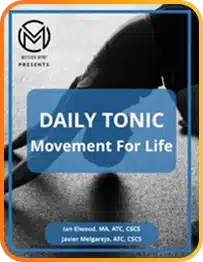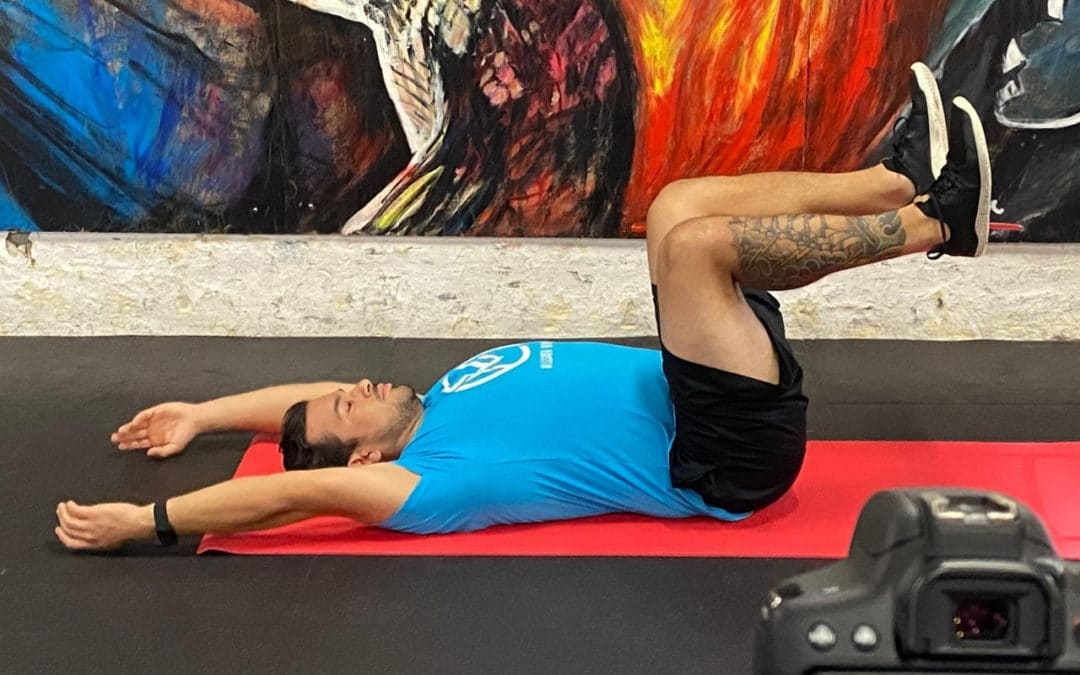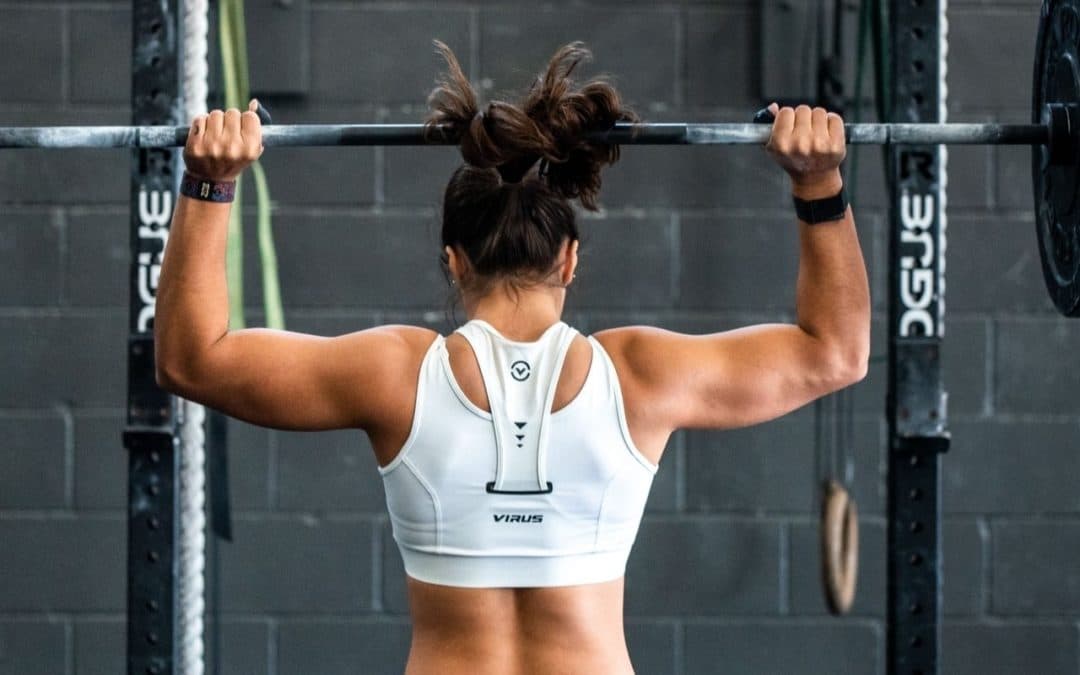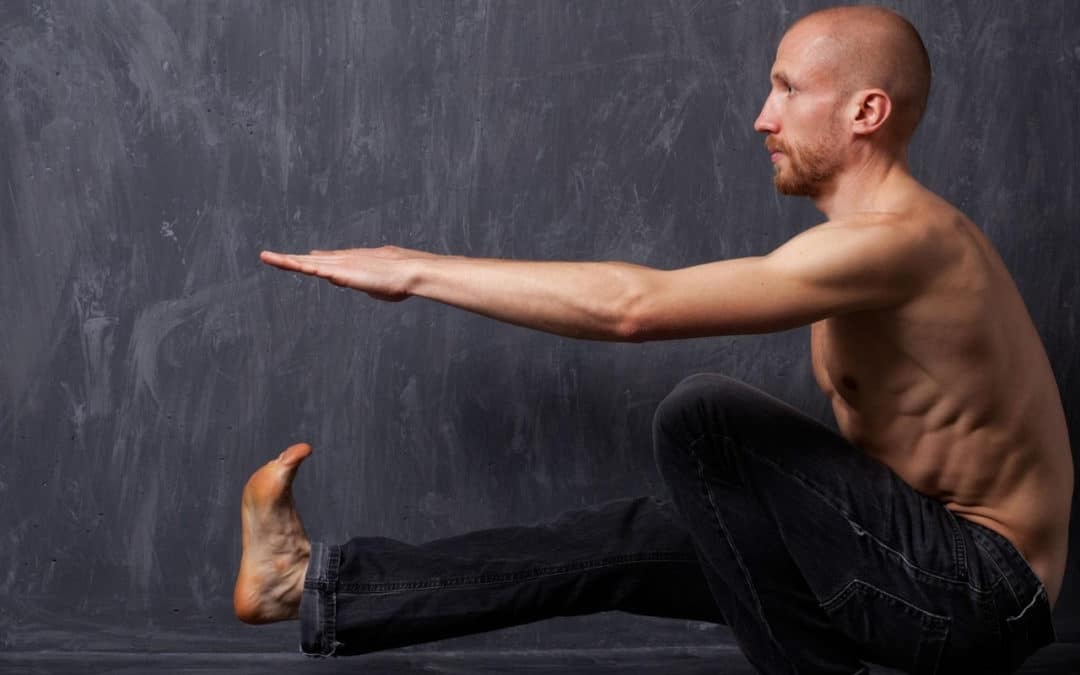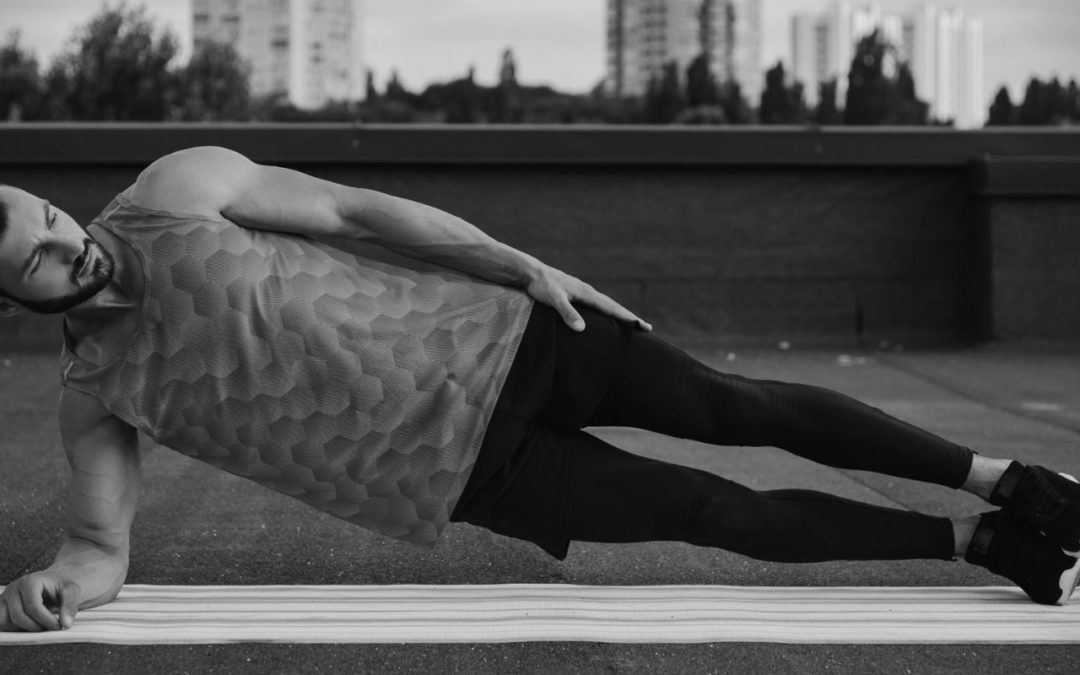Whether you realize it or not rotation is critical to your function and your performance.
If you are a runner or just trying to change lanes on the highway the ability to do either effectively is dependent in part on how well your spine twists.
Even squatting, a seemingly linear movement requires the ability of your hips and knees to rotate well. Squatting without solid rotation leads to compensation and subsequent energy leaks.
Even though a joint looks like it only moves in one direction (like a finger knuckle bending and straightening) there is almost always other, less obvious motions that help the joint function normally. They are often subtle which makes them easy to miss and thus neglect. Rotation is often a small part of those accessory motions.
Let’s break that down a bit with a simple example-
The knee. During a squat the knee bends as you descend and straightens as you ascend. Right?
And if you have been squatting for a while and/or have a good coach then you know that your knees should track over the middle of your foot as it bends.
What fewer people realize is that in order for this to happen the knee, more specifically the tibia (shin bone), needs to rotate internally to allow this to happen. In fact I would guess that many of you have felt your feet want to rotate out as you squat; or maybe you rock onto the outer edge of your foot as you descend into the squat. These are both telltale signs of tibial internal rotation problems.
If you are lost, don’t worry I’ll explain in more detail in following posts.
The implications of rotating poorly are pretty straight forward.
It increases your likelihood of injury and decreases your work output.
Both of these factors are due to the same thing. A lack of normal movement in any one area will cause a compensation in another area.
You ever have to pick up the slack for a lazy coworker? Ya, it’s exactly like that.
Your boss probably didn’t know they were slacking because the work still got done.
And your brain isn’t much different than that boss. You can still squat so everything is fine, right?
Everything SEEMS fine, until something breaks.
So when the tibia can’t internally rotate adequately the foot tends to pick up the slack by rotating outwards. When this happens it’s like fighting yourself to get into a good position.
An analogy I heard a while back, I think from Kelly Starrett of Mobility WOD but I am not sure-
It’s like driving a sports car with the emergency brake on. You can still go really fast but you are wasting a lot of energy fighting against yourself to do so. The longer you do it the more likely something is to break.
Whole body rotation AKA Multisegmental rotation.
So now that you have a better idea about why rotation is important it’s time to understand YOUR rotation better. To do this we are going to start with a big whole body movement and then we’ll break it down based on what we see.
I have adapted this assessment from the SFMA which is a great tool created by Functional Movement Systems. This movement assesses the ability of your knees, hips, and spine to rotate together. We use it to see IF you can rotate well. We cannot, however, use it to figure WHERE the problems are if you rotate poorly. For that, we need to break down the individual components of the movement. More on that later, for now, let’s do the twist:
- Set up a camera or your phone so you can see your whole body, have a friend hold it if necessary
- Stand with your feet together, shoes off, facing away from the camera
- Look over your shoulder and rotate your whole body from your neck down as far to the right as possible
- Repeat to the left
- After you have a video of yourself doing these motions it’s time to dig deeper
How’d you do?
As you can see by my video, I am lacking a bit and I need to break it down further.
My obvious fault was that you couldn’t see my opposite shoulder at the end of the movement. I also demonstrated some other compensations.
So if you recognized a limitation or you just felt tight during the assessment then you need to take a deeper look at what components need to rotate better.
I will be addressing each region- the spine, hips, and knees in upcoming posts.
To make sure you don’t miss an update sign up for the Mission MVMT mailing list. You will get the posts right in your inbox so you can easily find out where you need to focus your attention.
